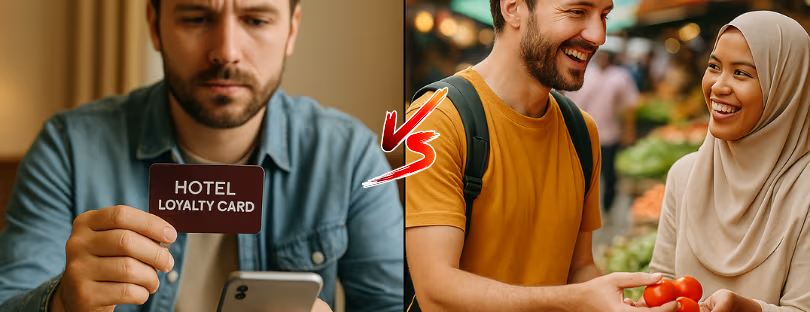
Air travel technology is improving traveler satisfaction
Air travel technology is improving traveler satisfaction, according to SITA, an air transport IT and communications company owned by more than 400 airlines, airports and related companies. technologies in airports
Among the notable highlights, the proportion of passengers sailing through automated passport control has risen from 21% in 2017 to 44% in 2018. Passenger satisfaction was 3.85% higher among those taking advantage of self-scanning gates to verify their ID compared to those using agent assisted controls. Passengers’ appetite for mobile services is also increasing, particularly for baggage tracking, where a lack of transparency can add stress to the journey. Ninety-five percent would welcome the opportunity to receive bag collection notifications via their mobile devices on arrival.
Real-time alerts about baggage collection, for example, drew 8.6 percent higher satisfaction than did display screens and public announcements, according to SITA’s 2019 Passenger IT Insights report.
Passengers are willing to use new mobile services
In 2018, the vast majority of travelers were carrying a smartphone, tablet or laptop, with 17% carrying all three devices. This presents an opportunity for airlines and airports to provide access to mobile services that deliver personalized, live information – and travelers are very receptive to the prospect.
Three-quarters say they would definitely use flight and gate alerts pushed to their devices if these were available.
Perhaps unsurprisingly, three of the top mobile services on travelers’ wish lists relate to tracking the status of their baggage: 65% would definitely report mishandled bags via their mobile, 64% want to be able to track bags via an app, and 63% would like bag collection notifications sent to their device on arrival (only a quarter report being able to do so today).
- READ MORE: Airlines with Inflight WiFi
Passengers are ready for more. In fact, 59% are very willing to use their mobiles for ID verification along the journey, with a further 33% open to the idea. With nine out of ten passengers potentially welcoming this service, airlines and airports can be confident that their investments will pay off.
Consumption across the journey technologies in airports
With the vast majority of travelers (86%) consuming services at the airport or on board, it’s important to look at the distinction between those who limit themselves to what is free or already included in their airfare, and those who pay for discretionary services.
Travelers are most likely to make discretionary purchases during dwell time (64%), which suggests that while airports prioritize efficient passenger handling, there is great potential to increase non-aeronautical revenue by investing in strategies that encourage travelers to spend extra time in the terminal before departure.
Similarly, passengers are a captive audience while on board, so airlines should consider how advances in connectivity present opportunities to add high margin ancillary sales of in-flight entertainment, merchandise or personalized services to enhance low-margin air revenues.
- READ MORE: Top 20 Low Cost Airlines
The report notes that technology adoption is highest for the parts of the travel experience that are or can be done before arriving at the airport: booking and checking in. Those performing both these tasks on the web are the biggest adopters.
“Uptake is considerably weaker when it comes to the use of self-service kiosks for check-in, where there is a reliance on the airline or airport’s technology,” SITA wrote. Thus, the report delves into passengers’ willingness to use mobile tech at the airport but notes that the availability of onsite technology can limit real-life adoption. technologies in airports











